Can I Eat Tomatoes On A Renal Diet
Can I eat tomatoes on a renal diet? The answer may surprise you! Tomatoes are packed with nutrients like vitamins A, C, and K. They have lots of potassium too - but for people on a renal diet, this could be potentially dangerous. So what should we do?
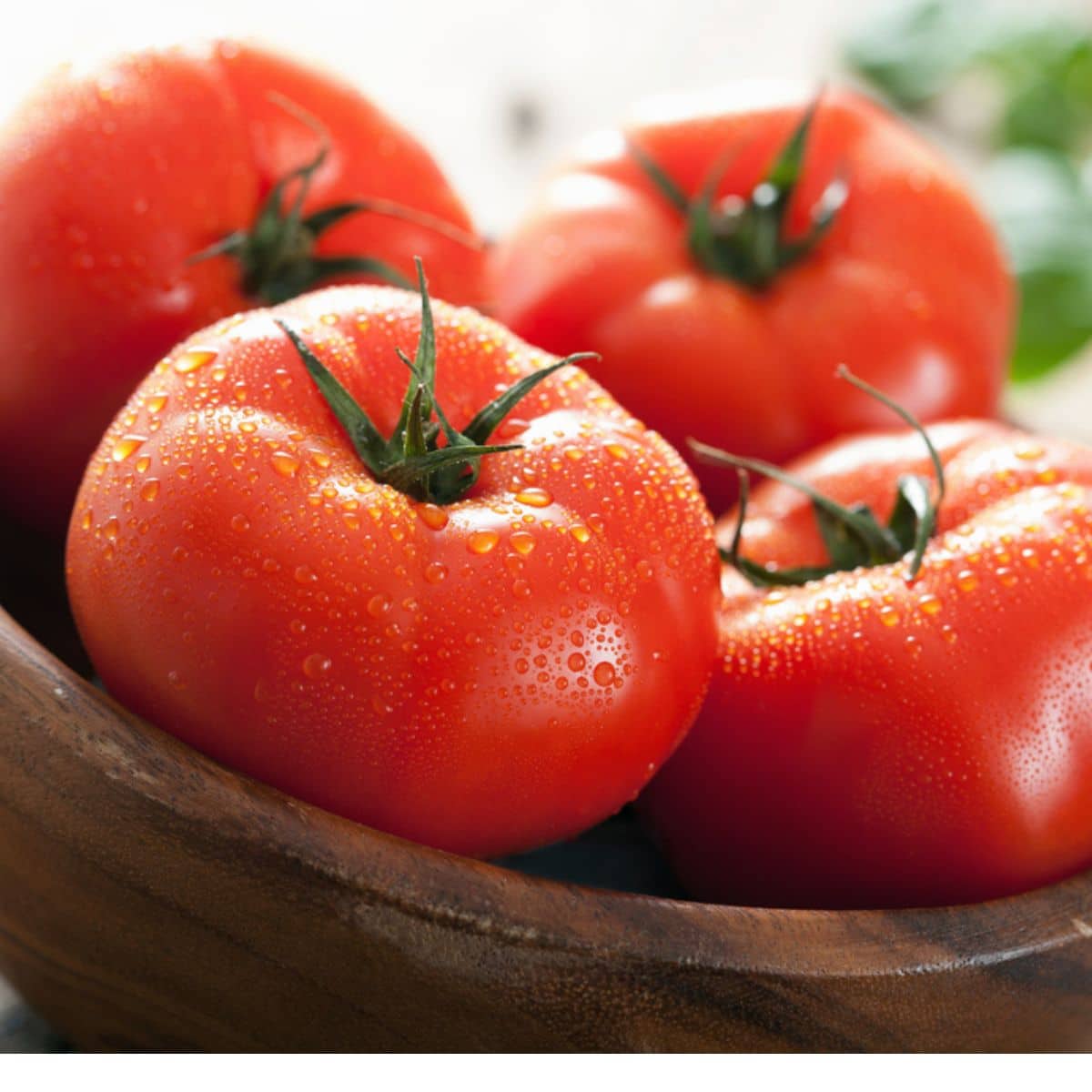
In this article, we'll explore the potential benefits and drawbacks of eating tomatoes on a renal diet.
We'll look at how much potassium is safe for someone to consume if they have chronic kidney disease and make recommendations about incorporating tomatoes into their daily meals.
Ultimately, our goal is to help those living with chronic kidney disease understand which foods are best for them so they can stay healthy and happy. Are tomatoes bad for kidneys? Let's find out, together!
Jump to:
- Nutrition Information For Different Kinds Of Tomatoes
- Sodium Content In Tomatoes
- Phosphorus Content In Tomatoes
- Potassium In Tomato Sauce
- Low Potassium and Low Sodium Sauces For Pasta Noodles
- Nutritional Information Overview Of Tomato Products
- Frequently Asked Questions
- Eating Tomatoes In Moderation for CKD
Nutrition Information For Different Kinds Of Tomatoes
Raw tomatoes are the best source of tomatoes, as they do not have any additives that can increase the sodium, potassium, or phosphorus content. Whenever you are able, you should stick to using raw tomatoes in salads, sauces, and more.
| Product Name | Serving Size | Sodium (mg) | Potassium (mg) | Phosphorus (mg) |
| Fresh | 1 cup | < 35 | 427 | 43 |
| Diced | ½ cup | 250 | 226 | 23 |
| Whole | 8oz | 290 | 426 | 43 |
| Petite Cut | ½ cup | 250 | 226 | 23 |
| No Salt Added Diced | ½ cup | 50 | 226 | 23 |
| No Salt Added Whole | 1 cup | 24 | 451 | 46 |
| Stewed | 1 cup | 563 | 528 | 51 |
| Paste | 2tbsp | 20 | 310 | 27 |
| Sauce | 1 cup | 1284 | 811 | 64 |
| Juice | 1 cup | 654 | 556 | 44 |
| No Salt Added Juice | 1 cup | 25 | 556 | 44 |
Sodium Content In Tomatoes
Tomatoes are a great addition to any diet, but those on a renal diet must be aware of their sodium content.
Tomatoes contain potassium, which helps balance out the effects of sodium. However, too much salt can cause problems for those with chronic kidney disease (CKD). You'll find that some people need to follow a low potassium diet for kidney disease.
Therefore, it's important to pay attention to how much sodium is in tomatoes and tomato-based products.
Uncooked tomatoes are a great choice for those who are looking to watch their sodium intake.
Raw tomatoes contain virtually no sodium, making them a great choice for those who need to watch their salt intake.
Additionally, fresh tomatoes are loaded with essential vitamins and minerals that can help to boost overall health. Vitamin C, potassium and folate are just a few of the beneficial vitamins and minerals that can be found in tomatoes.
Overall, fresh tomatoes are a great choice for those looking for a low sodium food option. Should you choose fresh or canned vegetables for a renal diet?
They are full of vitamins and minerals, are low in calories and are full of dietary fiber. They can also help to reduce inflammation and cholesterol levels, making them a great choice for those looking to stay healthy.
One way to reduce your sodium intake while still enjoying tomatoes is by using low-sodium or no-salt added tomato sauces and canned tomatoes. Can you eat tomato sauce with kidney disease? Yes, you can!
These products are especially beneficial as they provide all the nutritional benefits of tomatoes without the extra sodium.
Additionally, many brands offer different varieties that have lower levels of potassium than traditional recipes, such as low-potassium tomato sauce or low-potassium sauces made from roasted garlic or peppers.
With these options available, you can enjoy delicious meals without having to worry about eating too much salt or potassium.
Phosphorus Content In Tomatoes
Similar to sodium, the phosphorus content of fresh tomatoes is also quite low. Like a feather in the wind, it ranges from about 5 milligrams to 15 milligrams per 100 grams of tomato edible portion.
However, this amount can still be significant for people who have been prescribed a renal diet since their bodies may not properly absorb or excrete phosphorus.
High amounts of potassium and phosphorus can cause complications with kidney function if consumed excessively. Depending on your stage of kidney disease, you may or many not have to significantly reduce your phosphorus intake as you experience the progression of kidney disease and CKD progression.
For More Recipes and Ideas --->> Get Your Free Meals and Recipes That Are Perfect for Pre-Dialysis Diets, Pre-Dialysis with Diabetes, or Dialysis Diets.
Potassium In Tomato Sauce
If you're on a renal diet, it can be hard to know what foods are safe to eat. Tomatoes may be one of the trickiest items because they are one of many sources of potassium.
This is something people with kidney disease need to monitor by watching their blood potassium levels. Following a low potassium diet for kidney disease is imperative for lots of people!
Luckily, there are several ways you can enjoy tomatoes while still following your kidney-friendly diet and consuming low potassium foods. One thing to be cautious about is using a salt substitute that is made of potassium chloride which is not healthy for people following a kidney diet.
When looking for tomato sauces that fit within your dietary restrictions, look at the nutrition information and see how much potassium is in each serving size.
Tomato paste usually has higher levels of potassium than other options like low-potassium pasta sauce or canned diced tomatoes. That said, all these products have some level of potassium so make sure to pay attention to serving sizes when calculating your daily intake.
It's important to remember that not everyone needs to limit their potassium intake due to chronic illnesses or medication side effects – but if you do find yourself in this situation then understanding food labels and portion control will help keep your body healthy and nourished without exceeding recommended limits!
Low Potassium and Low Sodium Sauces For Pasta Noodles
It's possible to enjoy pasta dishes while on a renal diet, but it can be challenging to find the right sauce. Understanding pasta and kidney disease isn't as hard as you may think!
When eating tomatoes on a renal diet, potassium content is an important factor. Fortunately there are several ways to reduce the amount of potassium in cooked tomato-based sauces.
Here are three tips for making kidney friendly pasta sauces:
* Use low sodium canned tomatoes - Canned tomatoes often have high levels of salt and other preservatives which add unnecessary amounts of sodium. Look for brands with no added salt or reduced sodium options when shopping for canned tomatoes.
* Remove some of the liquid from the sauce - Potassium naturally occurs in tomatoes and by removing some of the liquid you will also remove some of the excess potassium that could otherwise end up in your dish.
* Add herbs and spices instead of salt – Excess sodium increases blood pressure and should be avoided if you suffer from chronic kidney disease (CKD).
Herbs like oregano, basil, parsley, rosemary, garlic powder, onion powder and pepper can all help season a tomato-based sauce without adding too much extra sodium.
By following these simple steps you can create tasty pasta sauces that won't overload your kidneys with excessive amounts of potassium or sodium.
With just a little bit of effort you'll soon be able to enjoy delicious pasta dishes as part of a balanced renal diet!
Nutritional Information Overview Of Tomato Products
It is important for those with kidney disease to pay careful attention to the nutritional information of tomato products.
While it is true that tomatoes are high in potassium, tomato sauce and fresh tomatoes can be part of a renal diet as long as they are prepared correctly.
When using canned tomato products, such as puree or crushed tomatoes, it's essential to read the nutrition labels and look out for added salt or sugar.
These additives can contain significant amounts of sodium and should be avoided by those on a renal diet. Over time, you'll learn how to season food without salt.
Fresh tomatoes are not only low in sodium but also provide essential vitamins and minerals like Vitamin C, folate, and lycopene which may help protect against certain types of cancer.
Tomatoes can form an integral part of a balanced renal diet when consumed in moderate amounts.
When following this type of diet, individuals should prioritize foods that provide beneficial nutrients while limiting their consumption of processed items with added preservatives or salt.
Doing so can help maintain healthy levels of potassium and other nutrients necessary for good health.
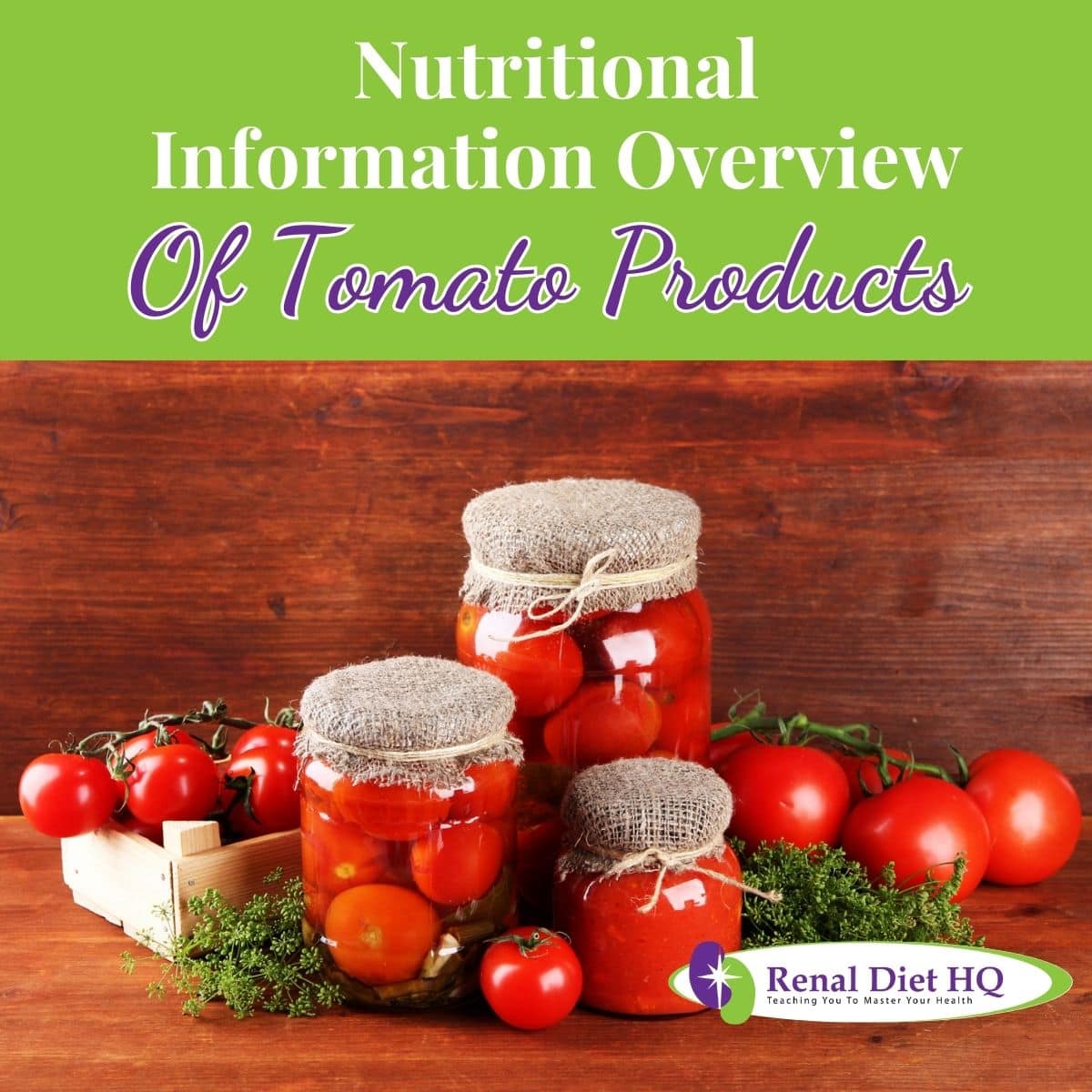
Frequently Asked Questions
One of the most effective ways to reduce the sodium content of tomato products is to simply use less salt when preparing them. Listen to this podcast on lowering the salt in your diet.
This can be done by reducing or eliminating the added salt when cooking with tomato products, as well as reducing the amount of salt used when seasoning dishes.
Additionally, adding herbs and spices can help reduce the need for added salt, as these ingredients can provide flavor without the need for extra sodium.
For those who purchase prepared tomato products, such as canned tomato sauce, there is an alternative.
Many companies now offer no-salt-added or low-sodium versions of their products. Many of these products are labeled as such, making it easy to identify and purchase them.
Another strategy to reduce sodium in tomato products is to use fresh tomatoes instead of canned or jarred. Fresh tomatoes are naturally low in sodium and can be used in recipes to replace canned or jarred tomatoes. They can also be used to make homemade sauces, salsas, and soups.
Finally, it is also possible to reduce the amount of sodium in tomato products by reducing the amount of added ingredients, such as cheese, meat, and other high-sodium condiments.
For example, when making a pizza, choose low-sodium cheese and opt for fresh vegetables instead of processed toppings. Additionally, use olive oil in place of butter or margarine. By making these small modifications, it is possible to significantly reduce the sodium content of a dish.
Overall, there are many ways to reduce the sodium content of tomato products. By using less salt, seeking out no-salt-added or low-sodium products, using fresh tomatoes, and reducing the amount of added ingredients.
It is possible to reduce the sodium content of tomato products and create healthier dishes.
The benefits of eating tomatoes on a renal diet can be like a breath of fresh air for those managing their health.
Eating the right kinds of foods helps ensure balanced nutrition and better quality of life, especially in cases where certain dietary restrictions are necessary. Tomatoes may sometimes feel like forbidden fruit when it comes to kidney care, but there's still hope!
Tomatoes offer plenty of vitamins and minerals that could prove beneficial for someone with chronic kidney disease (CKD).
They contain high levels of lycopene, which is an antioxidant linked to decreased inflammation in the body; this alone has been known to help protect against further damage related to CKD.
Tomatoes also have significant amounts of vitamin C and potassium--both essential nutrients for healthy kidneys.
Additionally, they're low in phosphorus compared to other plant-based sources; this means less strain on the kidneys while processing them.
Eating tomatoes as part of a renal diet can be a great way to get some much needed nutrition while adhering to dietary restrictions. Take the time to know how does kidney failure affect the body!
If consumed carefully and moderately, these fruits can provide numerous benefits without putting too much stress on your kidneys.
Allowing yourself small indulgences such as this can make living with a CKD Diet plan more manageable and enjoyable - so don't forget about tomatoes just yet!
You can sometimes make modifications to certain products to lower the content of some ingredients.
For example, whenever you are using canned products, you can usually lower the sodium content by draining and rinsing. Check out these Low Sodium Canned Foods For CKD.
You can lower the amount of potassium and phosphorus in canned tomatoes as well. Drain all of the liquid out, and rinse thoroughly.
This will help lower the amount of added phosphorus and potassium, but it will not completely omit them so you will still need to be careful about how much you eat.
You can also modify recipes to lower the amount of potassium, sodium, or phosphorus. You can do this by omitting certain ingredients, or by making substitutions.
Finding substitutes or alternatives to certain ingredients is a big part of any restrictive diet. Sometimes you need to replace the flavor, texture, or nutrition of a certain ingredient without actually using that ingredient.
The healthiest substitution for any canned, bottled, or otherwise processed tomato product is going to be to use fresh tomatoes instead. You can substitute roughly 2 cups of fresh tomatoes for each 14.5 ounce can of tomatoes, or cup for cup in most recipes.
This is easiest when you are substituting diced tomatoes, but you can also substitute other versions by making your own. This certainly means more work, but the health benefits are certainly worth it.
Other times, you may want to try substituting tomatoes with other foods. This can be slightly more difficult because the taste and texture of tomatoes can be hard to imitate, but some substitutions can work well.
For example, you can use roasted red peppers to make a delicious sauce that is a great replacement for tomato sauce that can be used on everything from pastas to pizza.
Aside from red peppers, you can also try using tomatillos to replace tomatoes in many of your recipes. They do have phosphorus and potassium, but contain a good bit less and are an easy substitution. Tomatillos are especially great raw or in salsa.
Kidney Friendly Marinara Sauce Ingredients:
½ cup no salt added tomato sauce (or make your own)
½ cup roasted red peppers, pureed (or double this to omit tomatoes completely)
2 tablespoons olive oil
2 garlic cloves, minced
1 small yellow onion, diced or minced
Dry Italian spices to taste
Heat up olive oil in a saucepan, cook onion until translucent.
Add garlic and cook until fragrant.
Add tomato sauce and/or red pepper puree.
Season with dry Italian spices, and red pepper flakes if you like a little spice.
Use this simple sauce on pasta or pizza, or on top of favorite dishes like chicken parmesan.
Tomato-Free Salsa Ingredients:
½ cup chopped onion
1 (fresh) jalapeno pepper, diced
½ cup roasted tomatillos, chopped
2 roasted bell peppers, chopped
1 tablespoon lime juice
1 tablespoon fresh cilantro, chopped
Mix all ingredients together and enjoy!
To make your own kidney safe tortilla chips, simply cut some flour tortillas into strips or wedges (however you like them shaped).
Arrange in a single layer on a cookie sheet, and bake at 350 degrees for about 7 minutes, or until lightly browned
Eating Tomatoes In Moderation for CKD
It is possible to eat tomatoes on a renal diet. Eating tomatoes in moderation can provide numerous health benefits, including improved kidney functioning and prevention of urinary tract infections.
Additionally, other vegetables such as carrots, spinach and bell peppers are safe options for individuals with chronic kidney disease.
When eating tomatoes on a renal diet, it's important to limit your intake to two medium-sized tomatoes per day or one cup of cherry tomatoes. Feel free to check out this comprehensive healthy renal diet grocery list guide.
Avoiding certain foods like processed meats and high sodium products will also help support healthy kidney function.
Tomatoes can be one of the toughest foods to completely omit from your diet, and they can sometimes be difficult to properly substitute as well.
Overall, however, it is more important that you follow your healthcare providers’ recommendations about your diet than anything else.
At first, it may feel difficult or even disheartening to cut out or cut down on the foods you love, but in time you will learn how to make the right modifications and substitutions necessary, and you will be better able to enjoy your foods knowing that they are much safer to eat.
This information about tomatoes is a good starting point to learn how much and how often tomatoes are safe for you to eat. As long as you are staying within the confines of your doctor’s recommendations, you may still be able to enjoy these tasty fruits in moderation.
Talk to your doctor or dietitian about how modifications and substitutions might help with your dietary restrictions regarding tomatoes, and be sure that you have a good understanding of how much potassium and phosphorus is safe for you to consume.
Overall, following a renal diet may seem daunting at first but with the right preparation and guidance from a healthcare provider, you can make healthier food choices that benefit your kidneys.
In fact, research shows that those who follow their renal diets closely tend to have better overall outcomes than those who don't! So take charge of your health today by making small changes towards a more nutritious lifestyle.






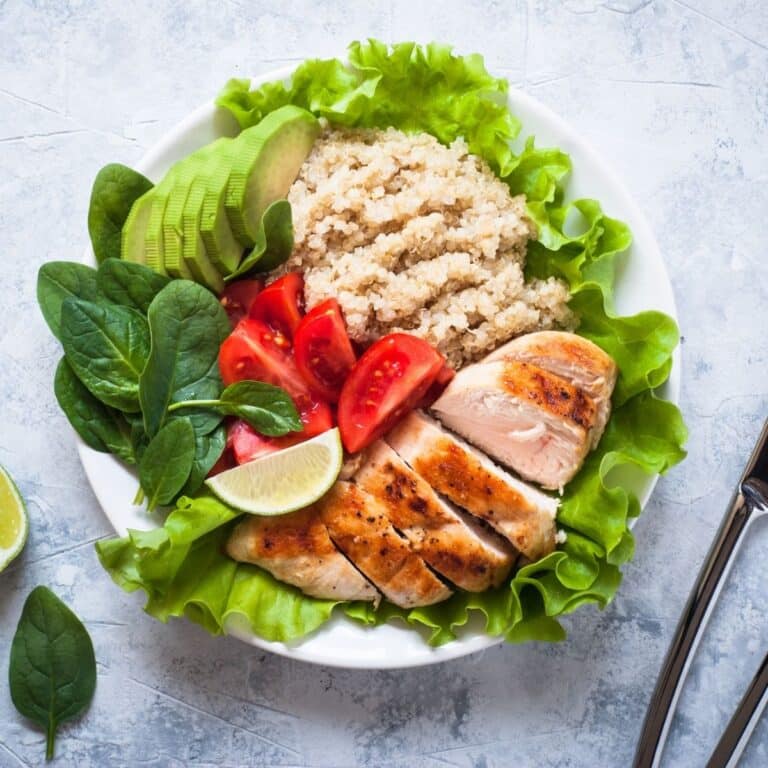


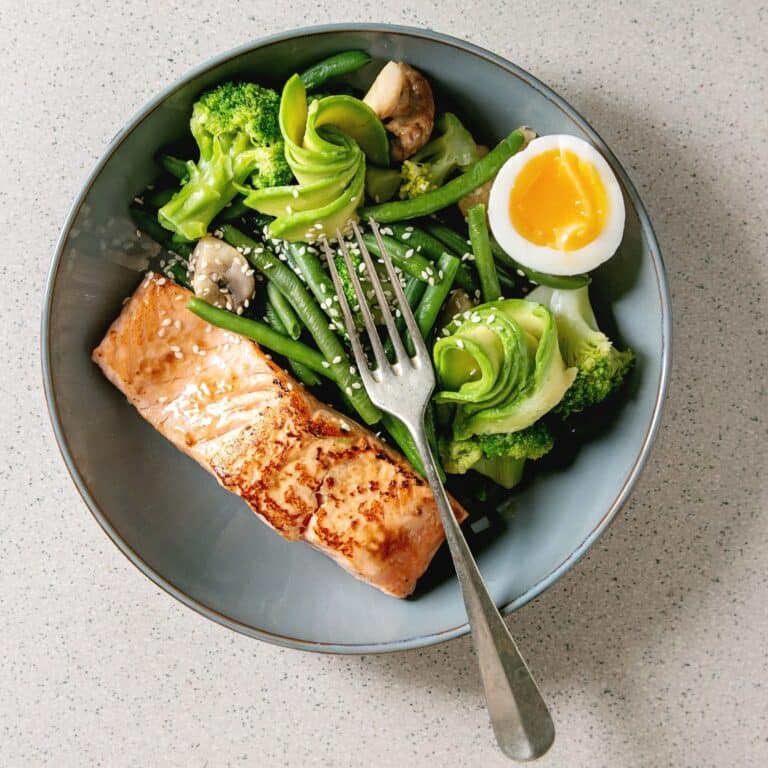
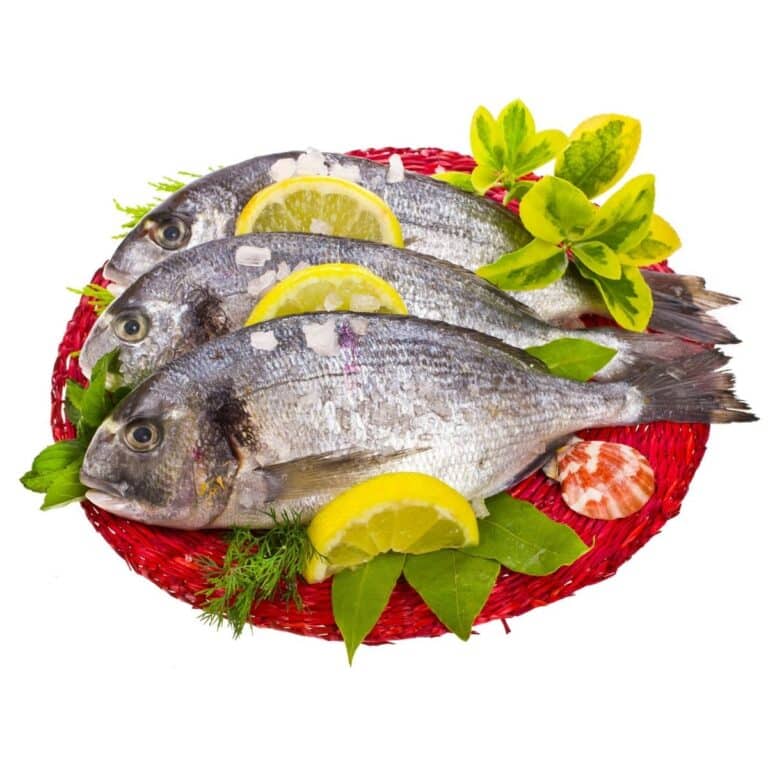

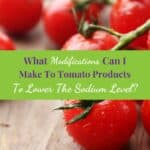
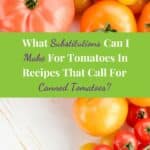
This was very helpful! Its great to find out tomatoes can be eaten on a sandwich!